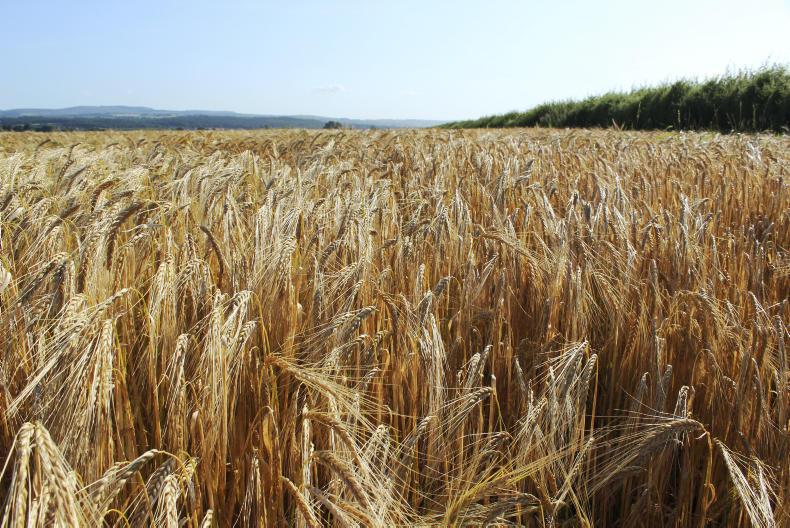The traditional farming model in NI was based around a mix of livestock and crops, but in the last 50 years we have seen a gradual move away from growing the likes of spring barley and winter wheat.
Since 1970, the cereal area has reduced by nearly 60%, from 76,447ha to only 32,298ha. Only 3.5% of the land area in NI is now in cereals. Over the same period the number of dairy cows is up 50%, beef cows up 21% and sheep numbers have more than doubled.
Couple that with recent growth in pig and poultry numbers, it is not hard to see why there are increasing environmental pressures on local agriculture. Ammonia emissions have received a lot of attention in the last 12 months, but as highlighted on page 6, the results from the recent soil analysis study undertaken by AFBI show there are also no easy solutions to the issue of surplus phosphorus (P).
While over 50% of fields on dairy farms are above the optimum Index 2, the analysis shows that a significant number of beef and sheep farms also have fields above target. The opportunity to move slurry off dairy farms, and take it elsewhere is more limited than first thought. Perhaps we have underestimated the fact that many beef and sheep farms already have a poultry unit, or have been importing slurry. Some also continue to use compound fertilisers, which is wasteful if it is not required.
Sustainable farming
In the longer term, it is inherent on the likes of CAFRE and AFBI to showcase a sustainable farming model. We also need to be informed by what happened in the past, when we had mixed farms, where a cereal crop could use up a lot of excess nutrients. The local cereal sector might be small, but it should be supported and encouraged to grow. It is part of the solution.
Read more
NIEA to move on ammonia impasse
DAERA project board to consider ammonia
The traditional farming model in NI was based around a mix of livestock and crops, but in the last 50 years we have seen a gradual move away from growing the likes of spring barley and winter wheat.
Since 1970, the cereal area has reduced by nearly 60%, from 76,447ha to only 32,298ha. Only 3.5% of the land area in NI is now in cereals. Over the same period the number of dairy cows is up 50%, beef cows up 21% and sheep numbers have more than doubled.
Couple that with recent growth in pig and poultry numbers, it is not hard to see why there are increasing environmental pressures on local agriculture. Ammonia emissions have received a lot of attention in the last 12 months, but as highlighted on page 6, the results from the recent soil analysis study undertaken by AFBI show there are also no easy solutions to the issue of surplus phosphorus (P).
While over 50% of fields on dairy farms are above the optimum Index 2, the analysis shows that a significant number of beef and sheep farms also have fields above target. The opportunity to move slurry off dairy farms, and take it elsewhere is more limited than first thought. Perhaps we have underestimated the fact that many beef and sheep farms already have a poultry unit, or have been importing slurry. Some also continue to use compound fertilisers, which is wasteful if it is not required.
Sustainable farming
In the longer term, it is inherent on the likes of CAFRE and AFBI to showcase a sustainable farming model. We also need to be informed by what happened in the past, when we had mixed farms, where a cereal crop could use up a lot of excess nutrients. The local cereal sector might be small, but it should be supported and encouraged to grow. It is part of the solution.
Read more
NIEA to move on ammonia impasse
DAERA project board to consider ammonia






 This is a subscriber-only article
This is a subscriber-only article









SHARING OPTIONS: